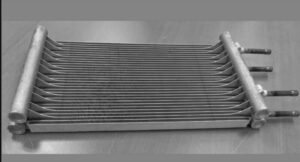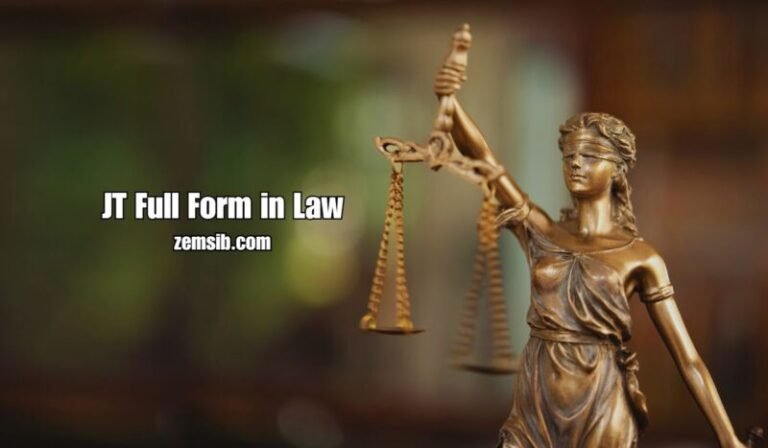Accountancy is an eminent part of your syllabus if you take up commerce in your plus two course. The class 11 syllabus mainly introduces one to the new subject teaching the basics of accountancy. The syllabus has a combi9nation of both theory and sums. The CBSE Class 11 Accountancy Part 1 Chapter 3 deals with the recording of transactions. The chapter majorly deals with the following topics and after reading the chapter you will be able to know more about the following:
- An idea about the nature of different transactions and the describe source documents: Business transactions and source documents. There are also various types of accounts and the form of transactions that you will learn. It also makes one understand the financial and non-financial transactions.
- Explanation of the preparation of the accounting vouchers: How to prepare an accounting voucher and the essential elements that has to be kept in mind while making the voucher. It includes the reading and meaning of a voucher as well as its accounting effects on various accounts.
- Learn how to apply accounting equations to explain the effect of transactions: Learn the accounting equation along with a number of examples and numerical. The double entry system and how the transaction affects both accounts. One can also learn the effects of the transaction on case or credit.
- Recording transactions through the rules of debit and credit: What is debit and credit system, the rules of debit and credit along with numerical sums. Here one also learns various rules for various types of accounts and their effects on different transactions.
- How to explain the concept of book of original entry and the recording of transactions in a journal: What are books of original entry, what is a journal along with the techniques of journal keeping. It includes the voucher, entries in different accounts and their balance in the form of account which at the end of the year carried to the balance sheet.
- How to explain the concept of ledger and posting of these journal entries to the ledger account: What is a ledger and what are the characteristics and the usefulness of maintaining a ledger, distinction between journal and ledger, classification of ledger accounts, posting from journal.
The afore-mentioned topics are explained in the book in a detailed fashion for a better understanding for both the teacher and the students. This book by NCERT provides one with a number of examples which help the student to have a clear idea of the basics. You can also solve the numerical which follow each and every segment. At the end of the book there is a list of the key terms that are introduced in the chapter and summary with reference to learning objectives. When you are thorough with the chapter you can practice the questions given at the end of the chapter. You can also opt for the solutions book of NCERT Class 11 Recording of Transactions and solve the questions of the specified chapter.







